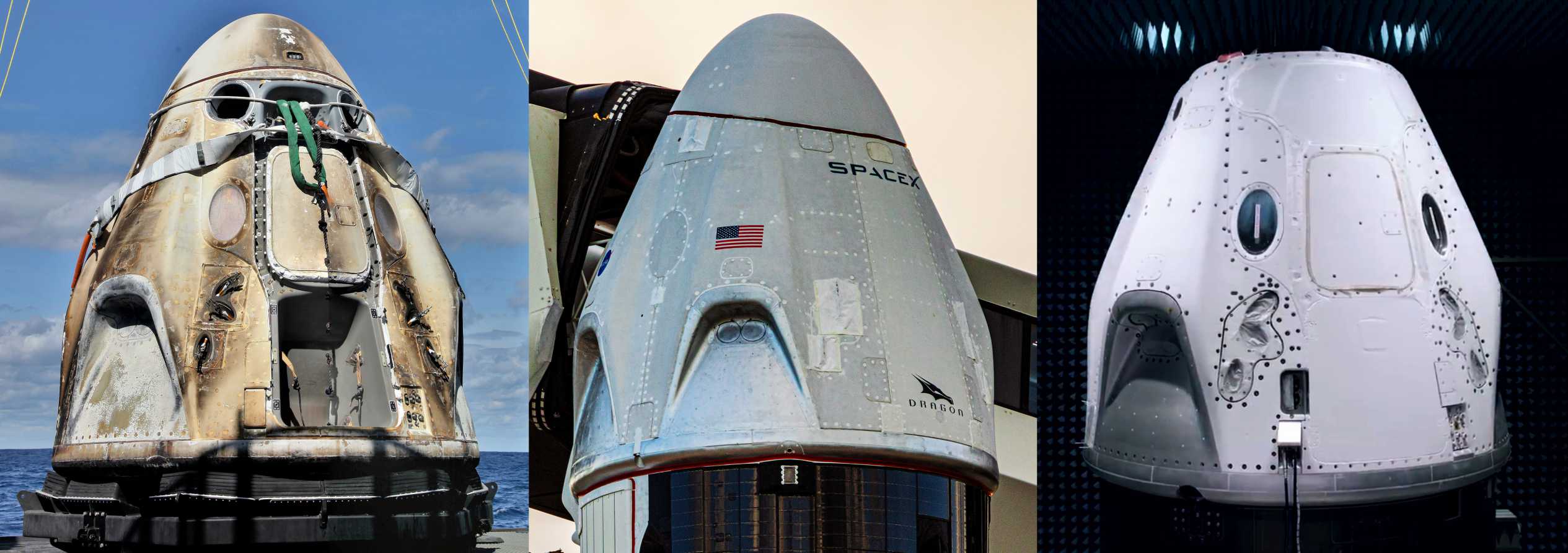

News
SpaceX space tourism ambitions made real with Crew Dragon's first private contract
Axiom Space has announced its first contract with SpaceX, revealing plans to launch three tourists to the International Space Station (ISS) on a Crew Dragon spacecraft as early as 2021
Building off of the extraordinary success of the privately-developed Cargo Dragon spacecraft, set to be retired perhaps just a month or so from now, SpaceX’s Crew Dragon spacecraft was designed almost from scratch to safely launch humans into space. While there are few guarantees in human spaceflight, SpaceX appears to be well on track towards its inaugural astronaut launch, and Crew Dragon is scheduled to support that mission – known as Demo-2 – as early as next month. If Demo-2 is successful and NASA signs off on Crew Dragon’s operational readiness, it’s starting to look like the spacecraft might have considerable demand even outside the space agency that funded its development.
Less than three weeks after SpaceX and Space Adventures revealed tentative plans to launch space tourists on a record-breaking Crew Dragon flight, this latest news seemingly implies that a separate company has gone a step further, putting real money down on its own space tourism launch contract. For SpaceX, this is now the second time in less than a month that the Crew Dragon spacecraft has received serious space tourism-related interest. The market, in other words, could be substantially larger than one might initially imagine.
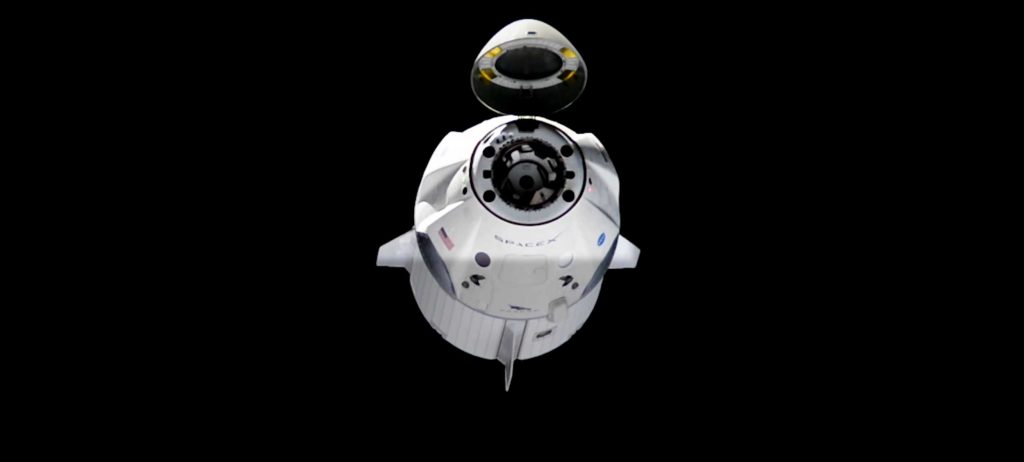
First announced on February 18th, Space Adventures – a private firm that has been working in the space tourism business for more than two decades – and SpaceX revealed that they’d signed an agreement to potentially support a unique opportunity for private astronauts. Likely completed without any exchange of funds, the joint agreement means that Space Adventures can now begin to seriously pursue customers for a Crew Dragon mission that could reach an altitude that only a handful of NASA Apollo and Gemini astronauts have gone beyond.
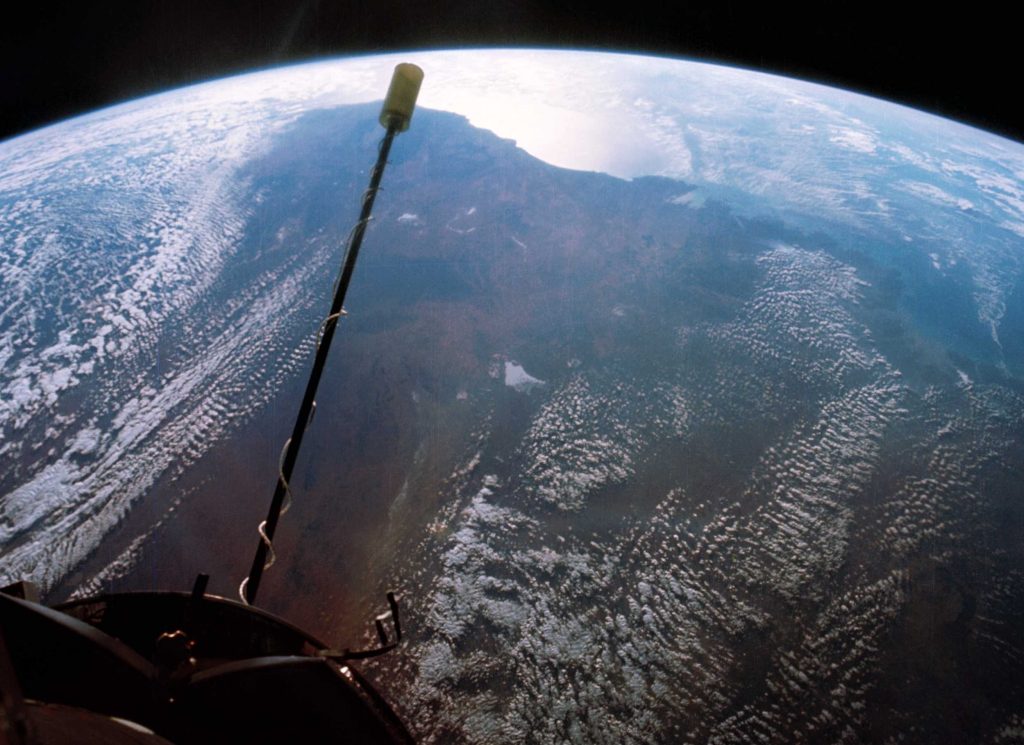
As such, there is technically no guarantee that the Space Adventures-SpaceX agreement will translate into any actual Crew Dragon or Falcon 9 contracts, although there is certainly a chance. The tourism company did successfully arrange eight orbital launches and space station visits for seven customers in the 2000s but has been relatively inactive in the decade since then.
Axiom Space, an unrelated venture, is also seriously interested in space tourism but is instead focused on the far more arduous task of building its own space station. Thanks to a recent agreement with NASA, potentially translating to $140M contract to build its first custom space station module, it appears to be increasingly likely that Axiom is not simply smoke and mirrors – depressingly common in space tourism industry.
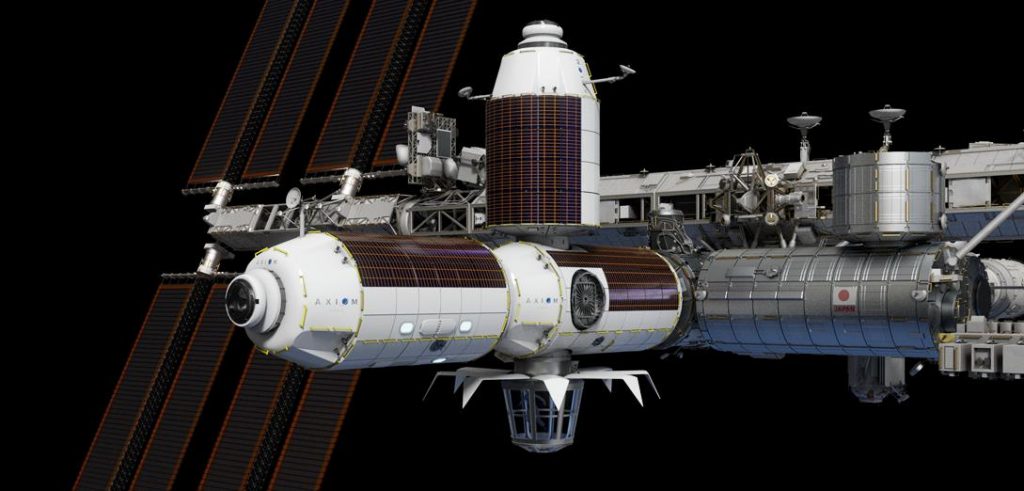
Intriguingly, the contract Axiom announced with SpaceX and Crew Dragon appears to be entirely unrelated to the company’s plans to build its own space station modules. Instead, the contract would see SpaceX train and launch an Axiom ‘commander’ and three private passengers to the existing ISS for more than a week before returning them safely to Earth. Perhaps more impressive is the schedule: Axiom wants SpaceX to launch its first space tourism mission as early as the second half of 2021 – potentially less than a year and a half from now.
Regardless, if this contract does result in Crew Dragon’s first dedicated space tourism launch and Axiom’s customers are satisfied, it’s safe to say that SpaceX will be the first to receive a call if or when Axiom needs more orbital taxi services or rockets to launch its space station modules in the mid-2020s.
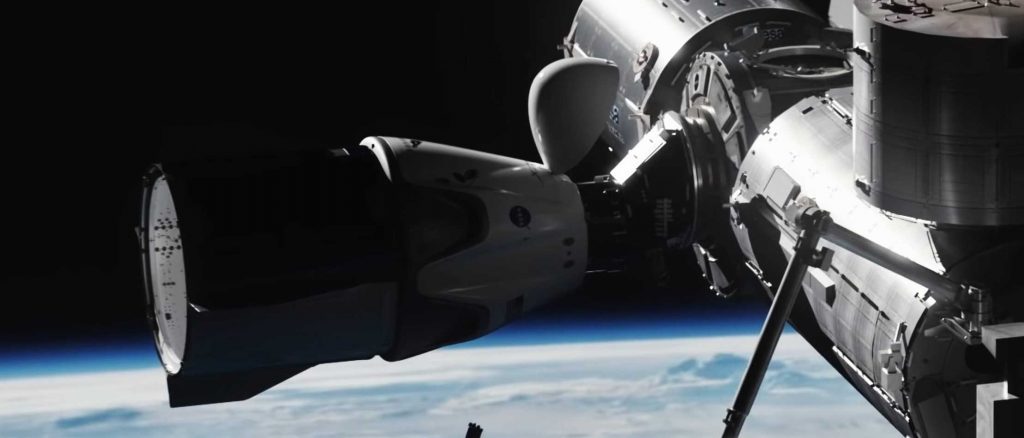
If its prices are notably better than what past tourism ventures have been able to offer, SpaceX might even be able to expand the market for private (orbital) human spaceflight, creating an entirely new niche for Crew Dragon. Given that NASA’s Commercial Crew Program contract anticipates requiring no more than an average of two dedicated Crew Dragon astronauts launches per year, it would not take much at all for SpaceX to double the spacecraft’s annual flight rate with the help of orbital tourism.
Check out Teslarati’s Marketplace! We offer Tesla accessories, including for the Tesla Cybertruck and Tesla Model 3.

News
Tesla launches its new branded Supercharger for Business with first active station
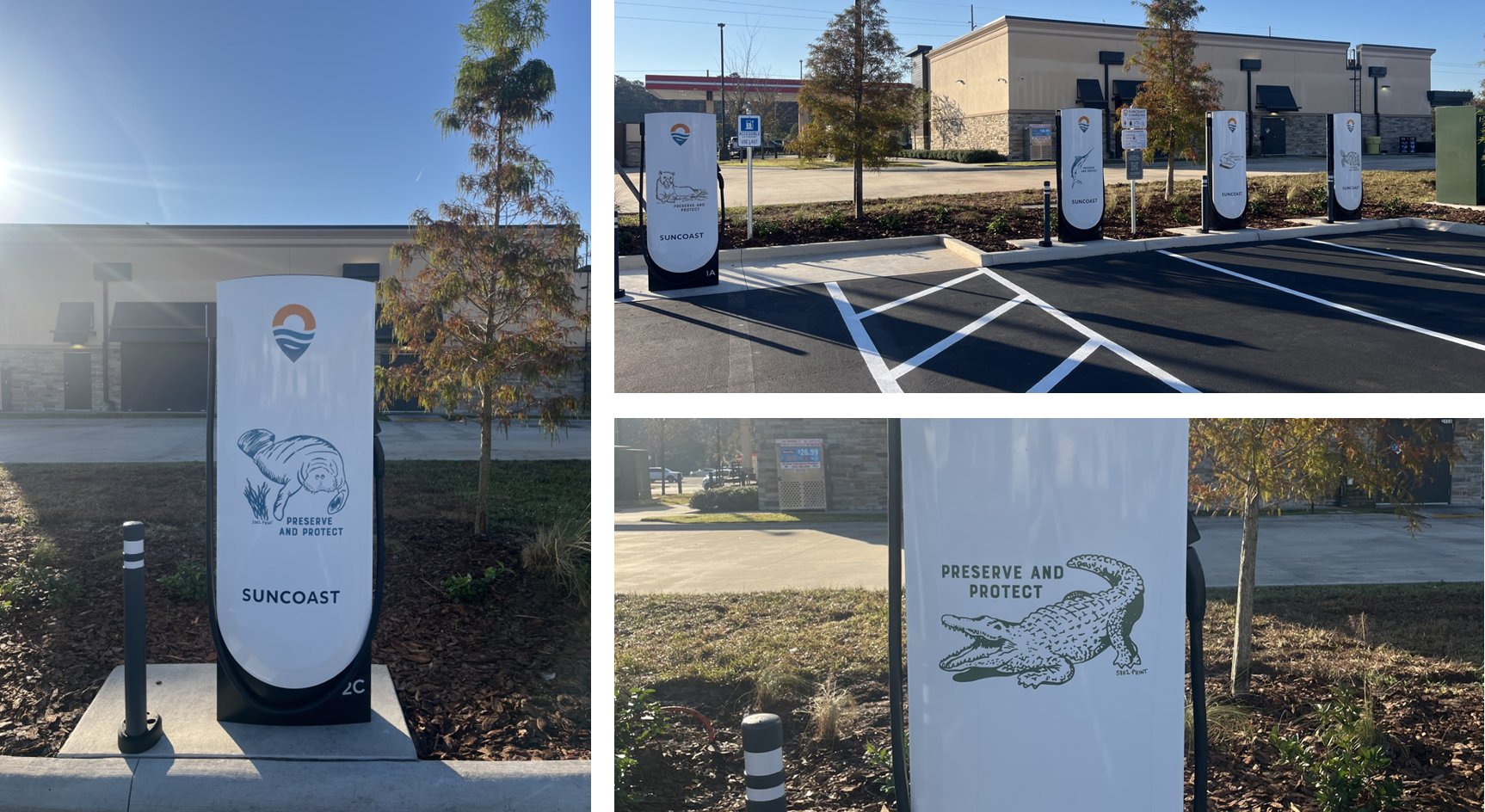
Tesla has officially launched its first branded Supercharger just months after initiating a new program that allows third-party companies to brand their own charging piles.
The site opened in Land O’ Lakes, Florida, and features eight V4 Supercharging stalls offering up to 325 kW of charging speed. It appears it was purchased by a company called Suncoast Credit Union. This particular branch is located Northeast of Tampa, which is on the Gulf of Mexico.
It features graphics of Florida animals, like alligators:
Here’s a video of the graphics being installed on the Tesla Superchargers at this site: https://t.co/oIfEPNZjAH pic.twitter.com/ENWakZ2qT9
— TESLARATI (@Teslarati) November 20, 2025
Tesla launched this program back in September, and it basically was a way to expand its Supercharger presence and also allow companies to pay for the infrastructure. Tesla maintains it. When it announced the “Supercharger for Business,” it said:
“Purchase and install Superchargers at your business. Superchargers are compatible with all electric vehicles, bringing EV drivers to your business by offering convenient, reliable charging.”
The program does a few things. Initially, it expands EV charging infrastructure and makes charging solutions more readily available for drivers. It can also attract people to those businesses specifically.
Tesla launches new Supercharger program that business owners will love
The chargers can also be branded with any logo that the business chooses, which makes them more personalized and also acts as an advertisement.
The best part is that the customers do not have to maintain anything about the Supercharger. Tesla still takes care of it and resolves any issues:
“We treat your site like we treat our sites. By providing you with a full-service package that includes network operations, preventative maintenance, and driver support, we’re able to guarantee 97% uptime–the highest in the industry.”
It appears the Superchargers will also appear within the in-car nav during routing, so they’ll be publicly available to anyone who needs to use them. They are still available to all EVs that have worked with Tesla to utilize its infrastructure, and they are not restricted to people who are only visiting the business.
Cybertruck
Tesla reveals its Cybertruck light bar installation fix
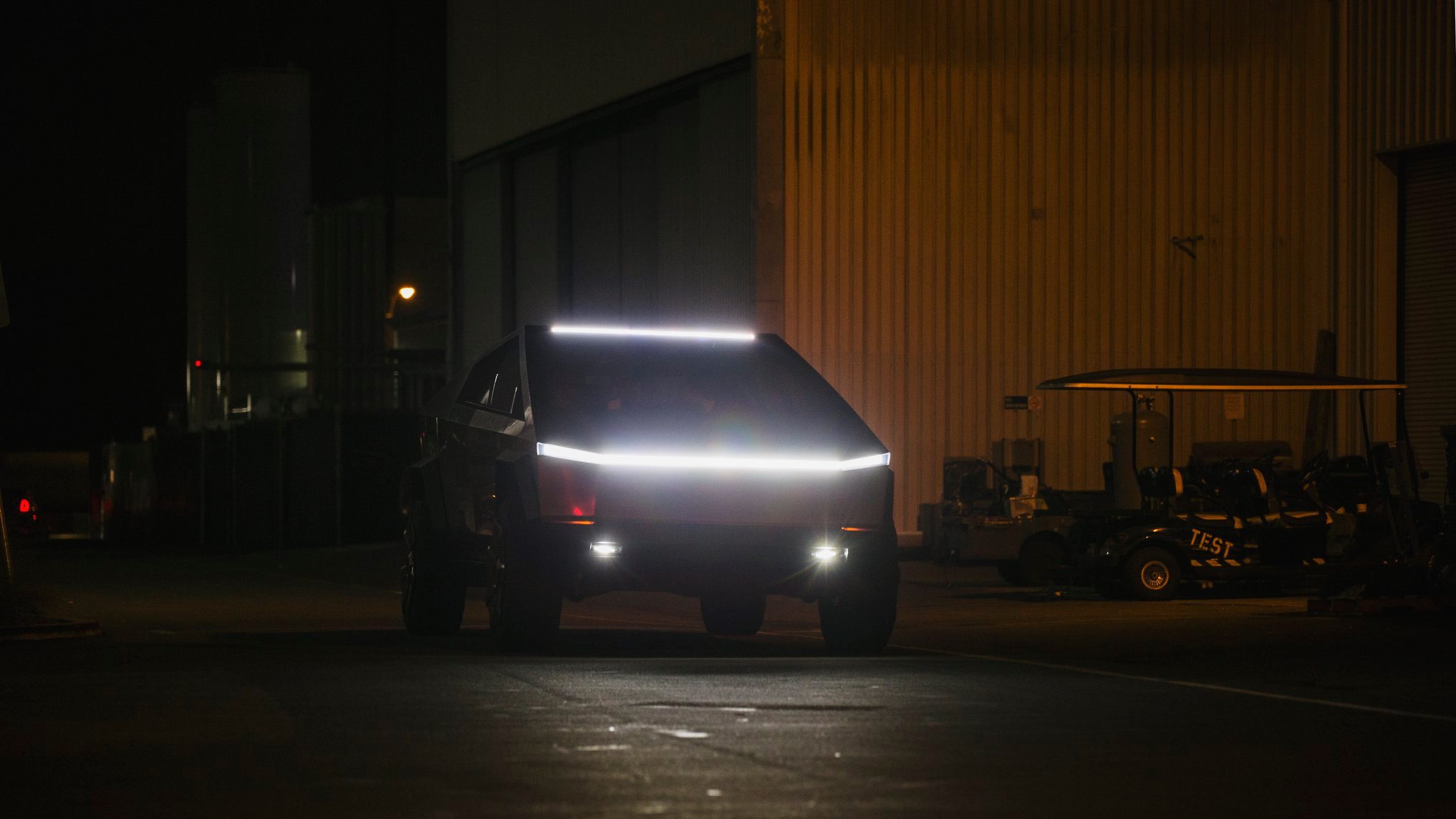
Tesla has revealed its Cybertruck light bar installation fix after a recall exposed a serious issue with the accessory.
Tesla and the National Highway Traffic Safety Administration (NHTSA) initiated a recall of 6,197 Cybertrucks back in October to resolve an issue with the Cybertruck light bar accessory. It was an issue with the adhesive that was provided by a Romanian company called Hella Romania S.R.L.
Tesla recalls 6,197 Cybertrucks for light bar adhesive issue
The issue was with the primer quality, as the recall report from the NHTSA had stated the light bar had “inadvertently attached to the windshield using the incorrect surface primer.”
Instead of trying to adhere the light bar to the Cybertruck with an adhesive, Tesla is now going to attach it with a bracketing system, which will physically mount it to the vehicle instead of relying on adhesive strips or glue.
Tesla outlines this in its new Service Bulletin, labeled SB-25-90-001, (spotted by Not a Tesla App) where it shows the light bar will be remounted more securely:
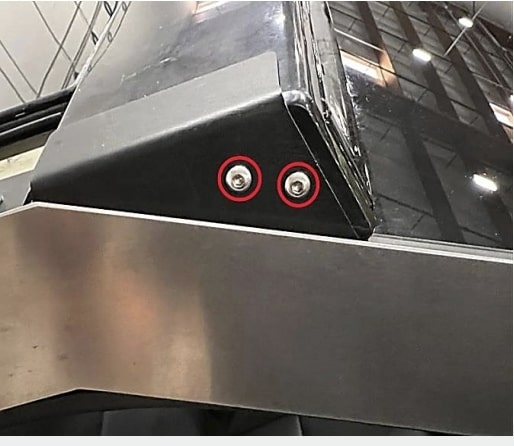
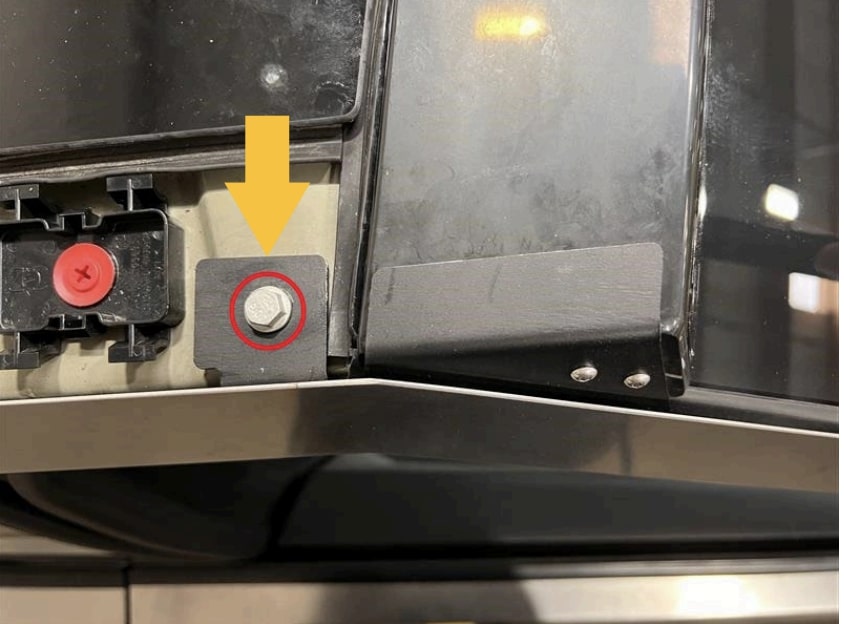
The entire process will take a few hours, but it can be completed by the Mobile Service techs, so if you have a Cybertruck that needs a light bar adjustment, it can be done without taking the vehicle to the Service Center for repair.
However, the repair will only happen if there is no delamination or damage present; then Tesla could “retrofit the service-installed optional off-road light bar accessory with a positive mechanical attachment.”
The company said it would repair the light bar at no charge to customers. The light bar issue was one that did not result in any accidents or injuries, according to the NHTSA’s report.
This was the third recall on Cybertruck this year, as one was highlighted in March for exterior trim panels detaching during operation. Another had to do with front parking lights being too bright, which was fixed with an Over-the-Air update last month.
News
Tesla is already expanding its Rental program aggressively
The program has already launched in a handful of locations, specifically, it has been confined to California for now. However, it does not seem like Tesla has any interest in keeping it restricted to the Golden State.
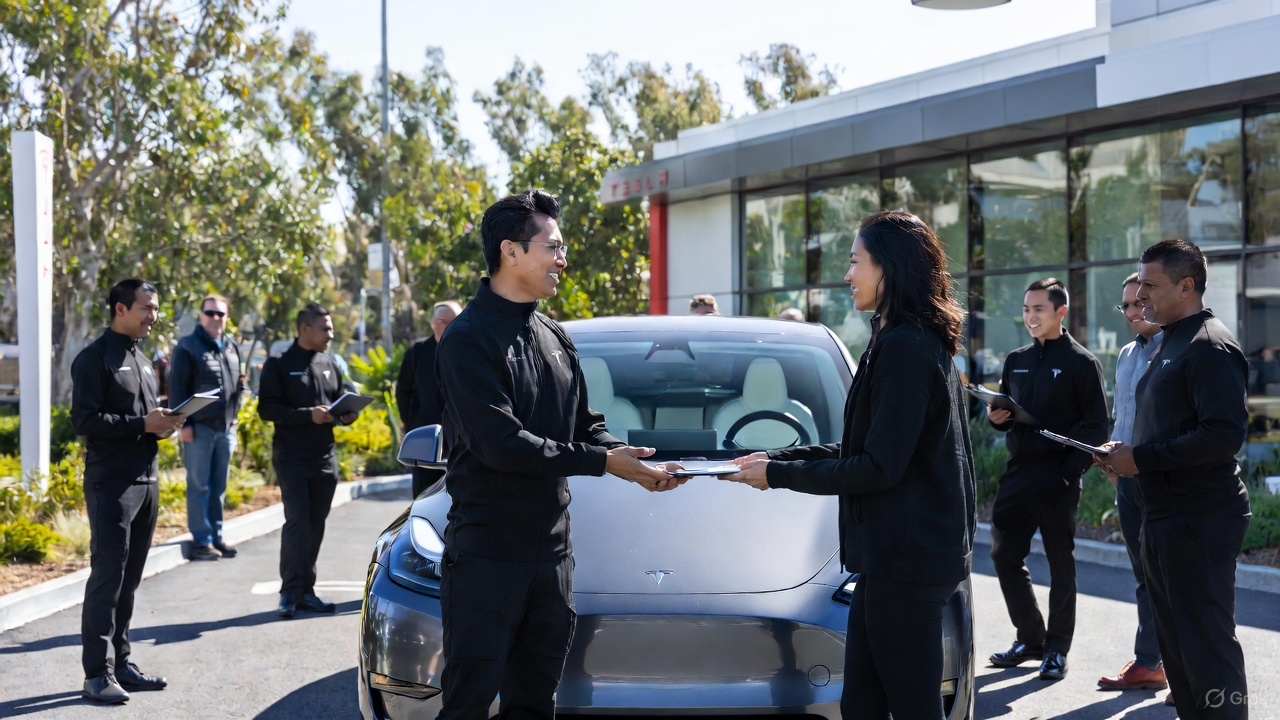
Tesla is looking to expand its Rental Program aggressively, just weeks after the program was first spotted on its Careers website.
Earlier this month, we reported on Tesla’s intention to launch a crazy new Rental program with cheap daily rates, which would give people in various locations the opportunity to borrow a vehicle in the company’s lineup with some outrageous perks.
Along with the cheap rates that start at about $60 per day, Tesla also provides free Full Self-Driving operation and free Supercharging for the duration of the rental. There are also no limits on mileage or charging, but the terms do not allow the renter to leave the state from which they are renting.
🚨🚨 If you look up details on the Tesla Rental program on Google, you’ll see a bunch of sites saying it’s because of decreasing demand 🤣 pic.twitter.com/WlSQrDJhMg
— TESLARATI (@Teslarati) November 10, 2025
The program has already launched in a handful of locations, specifically, it has been confined to California for now. However, it does not seem like Tesla has any interest in keeping it restricted to the Golden State.
Job postings from Tesla now show it is planning to launch the Rental program in at least three new states: Texas, Tennessee, and Massachusetts.
The jobs specifically are listed as a Rental Readiness Specialist, which lists the following job description:
“The Tesla Rental Program is looking for a Rental Readiness Specialist to work on one of the most progressive vehicle brands in the world. The Rental Readiness Specialist is a key contributor to the Tesla experience by coordinating the receipt of incoming new and used vehicle inventory. This position is responsible for fleet/lot management, movement of vehicles, vehicle readiness, rental invoicing, and customer hand-off. Candidates must have a high level of accountability, and personal satisfaction in doing a great job.”
It also says that those who take the position will have to charge and clean the cars, work with clients on scheduling pickups and drop-offs, and prepare the paperwork necessary to initiate the rental.
The establishment of a Rental program is big for Tesla because it not only gives people the opportunity to experience the vehicles, but it is also a new way to rent a car.
Just as the Tesla purchasing process is more streamlined and more efficient than the traditional car-buying experience, it seems this could be less painful and a new way to borrow a car for a trip instead of using your own.








